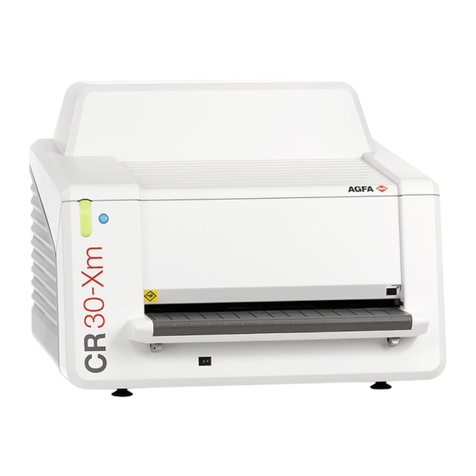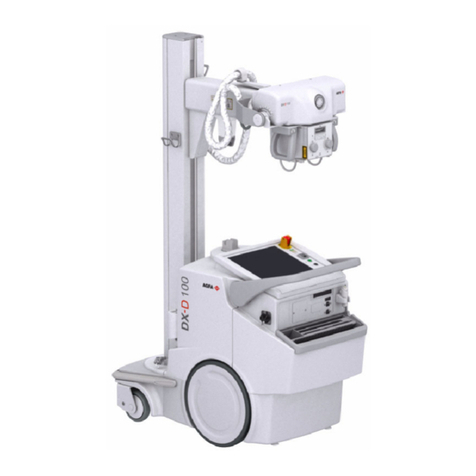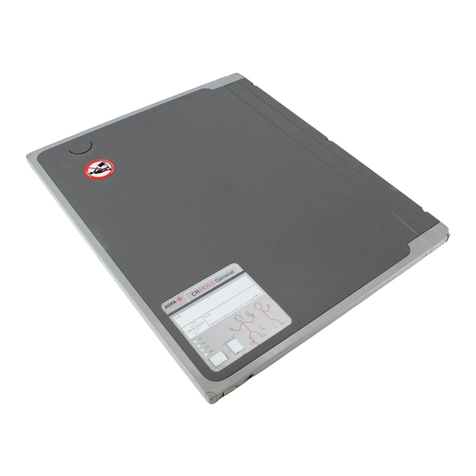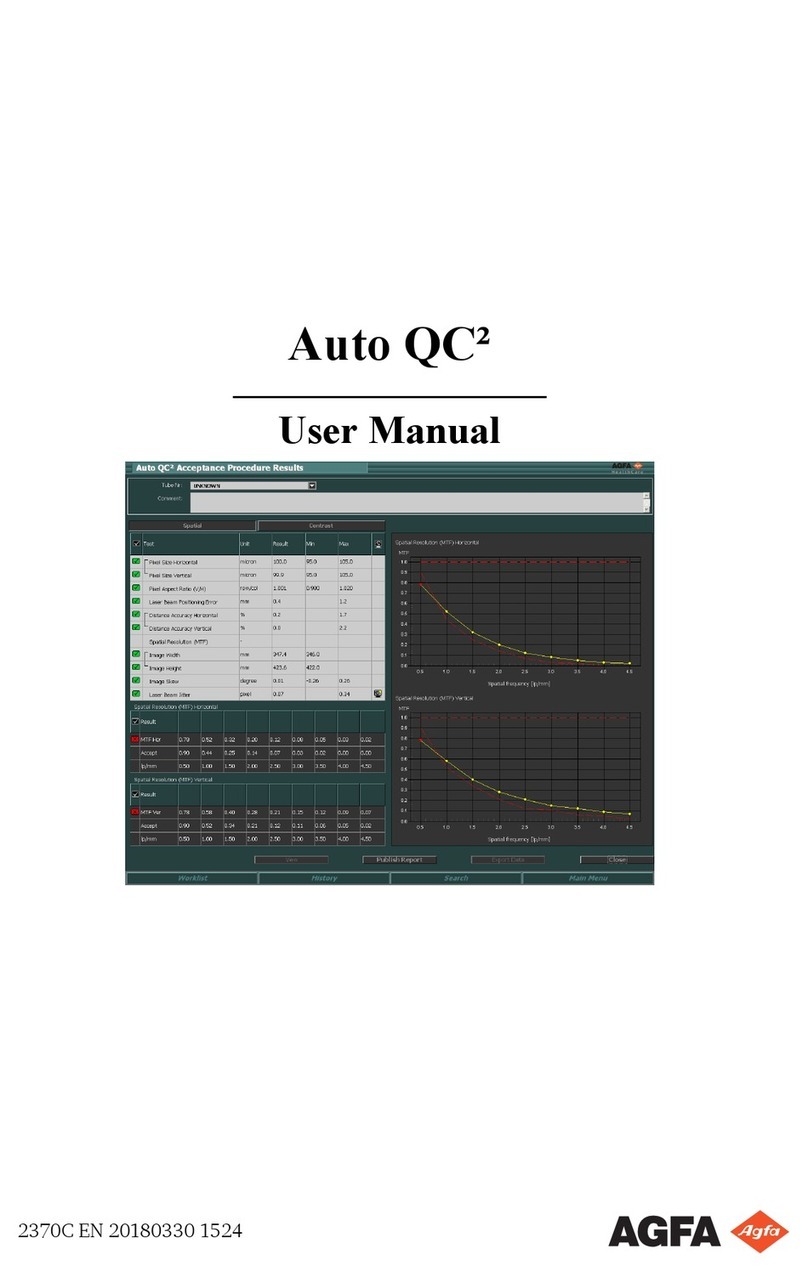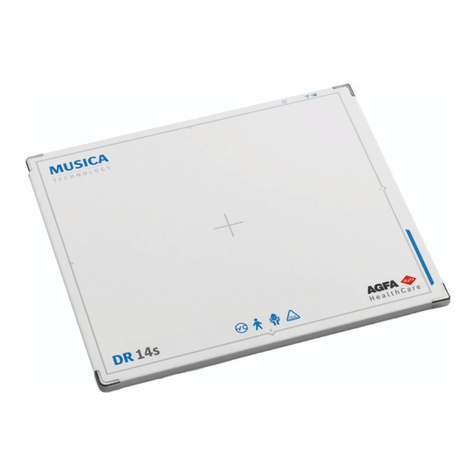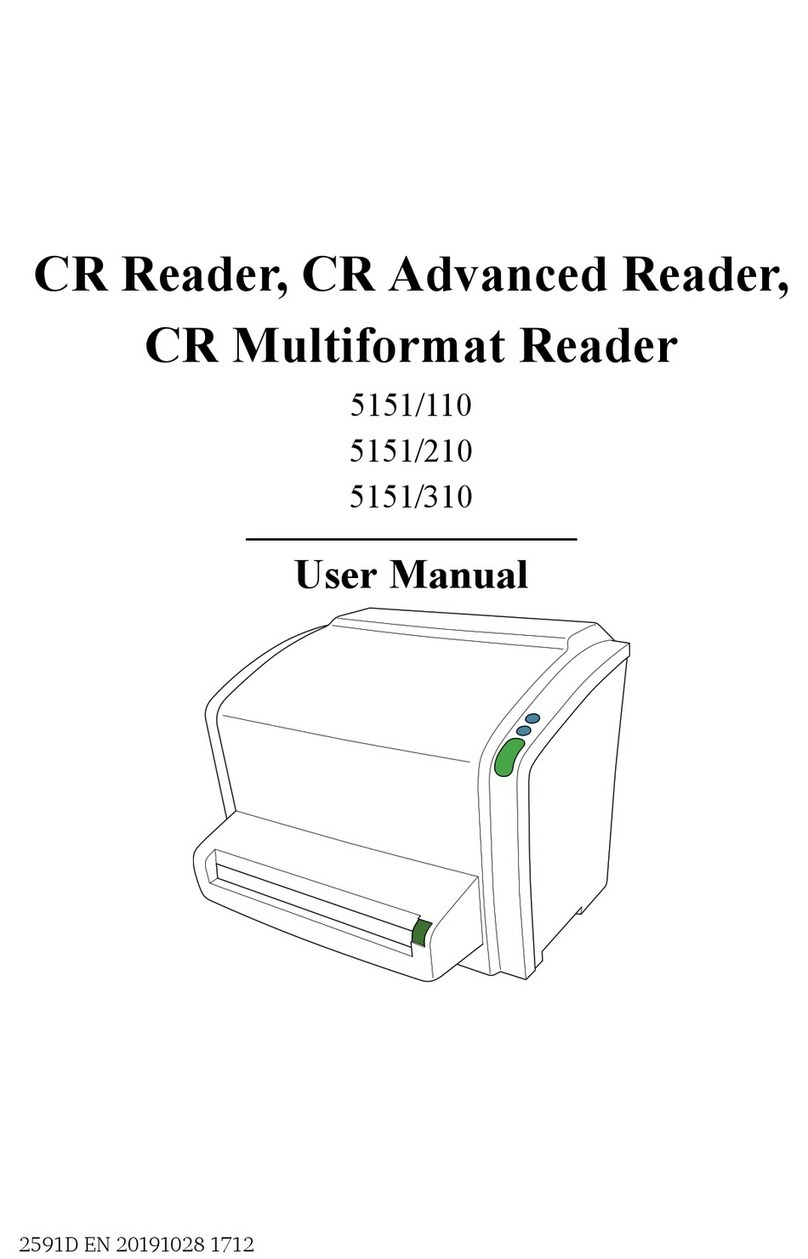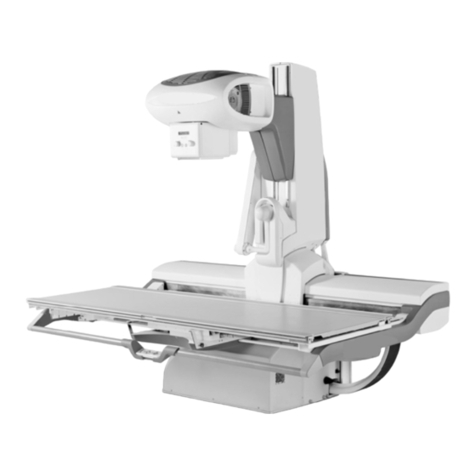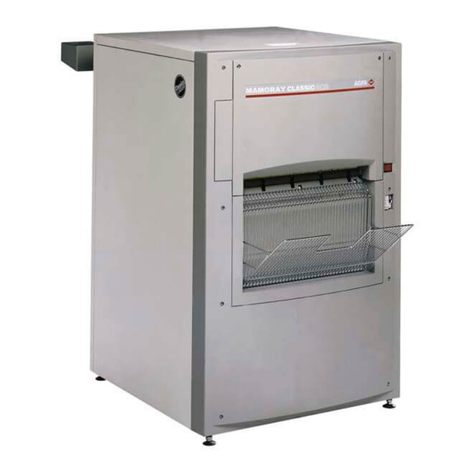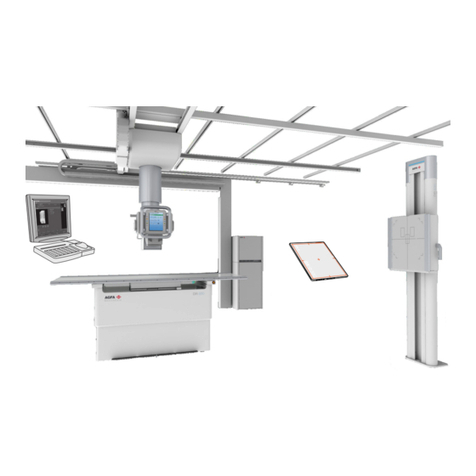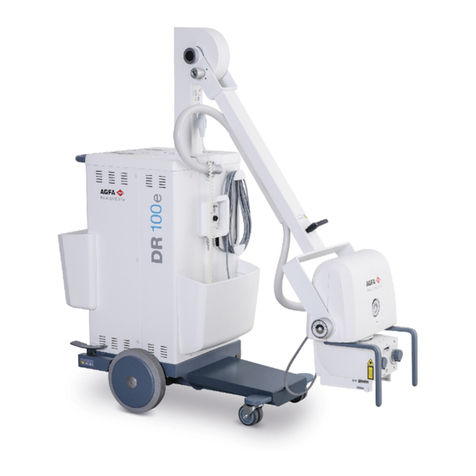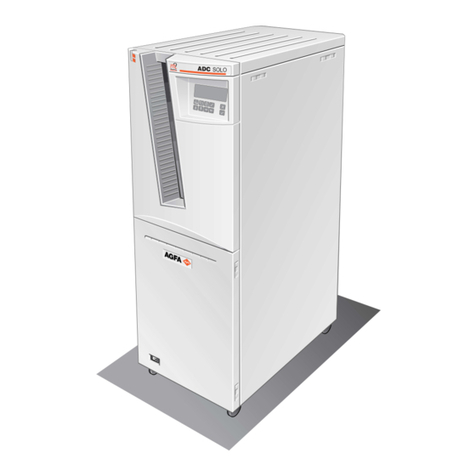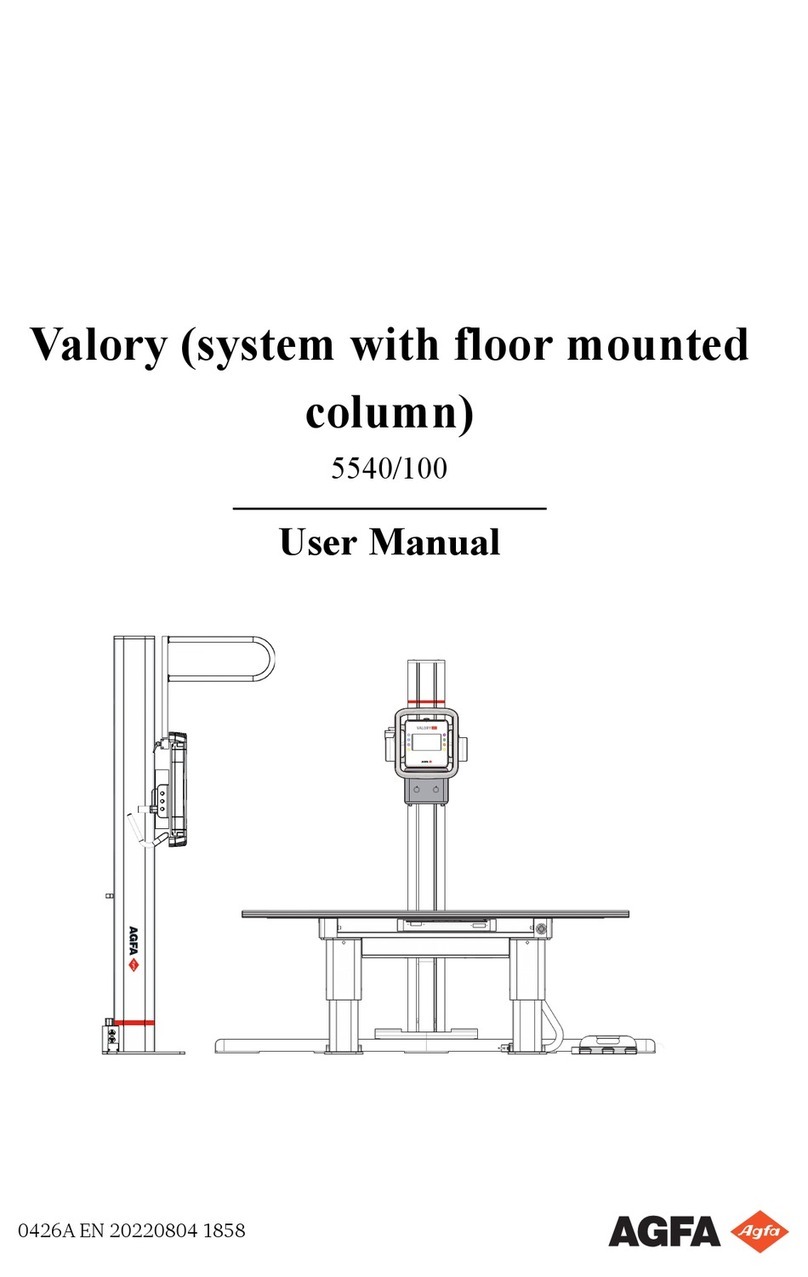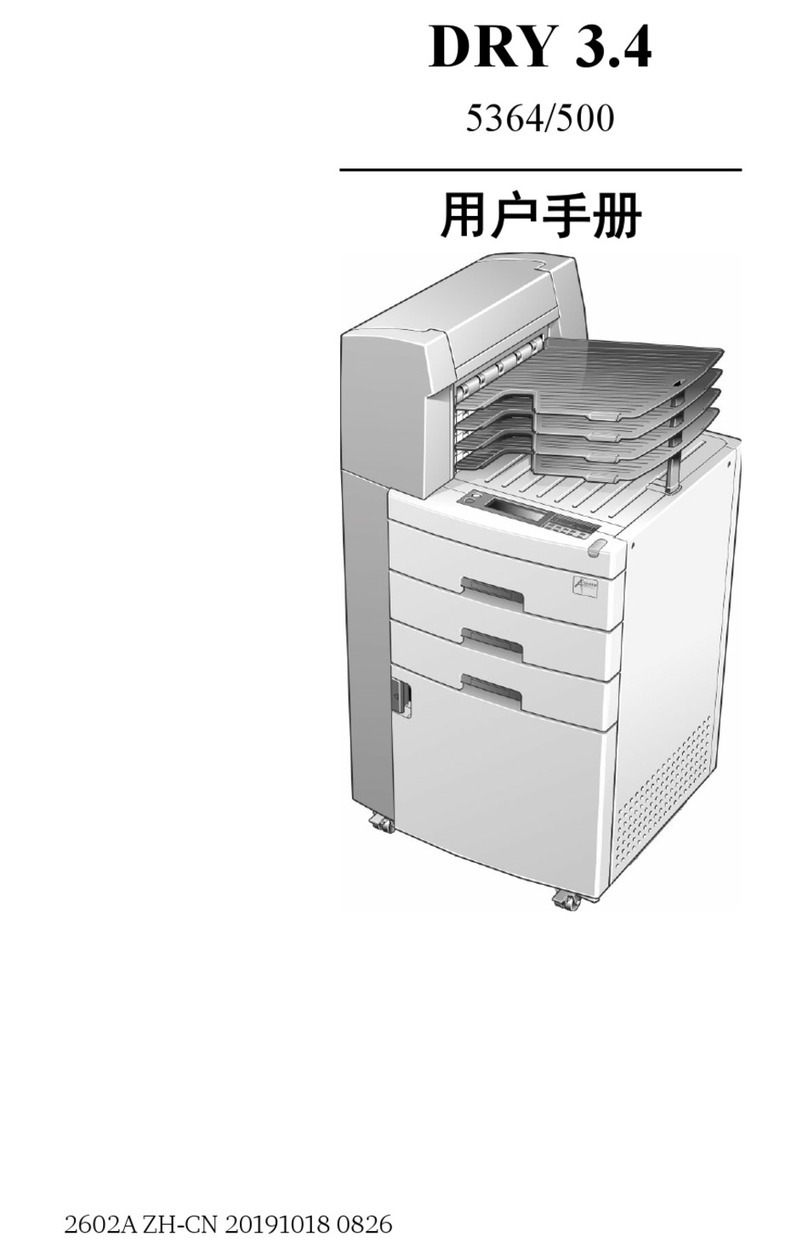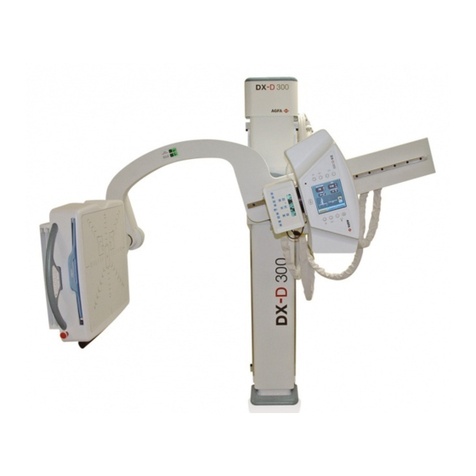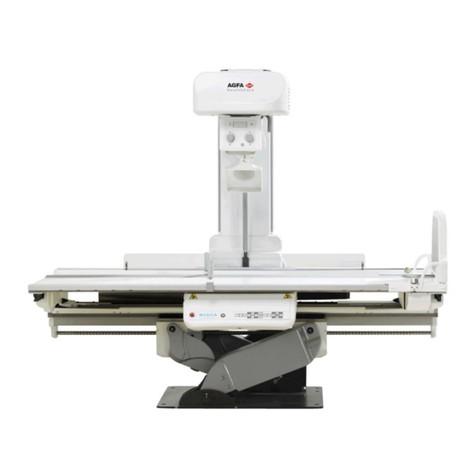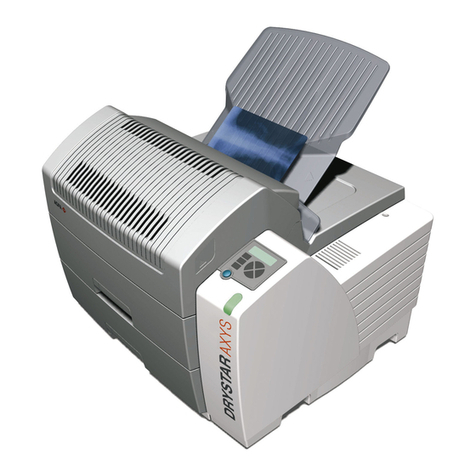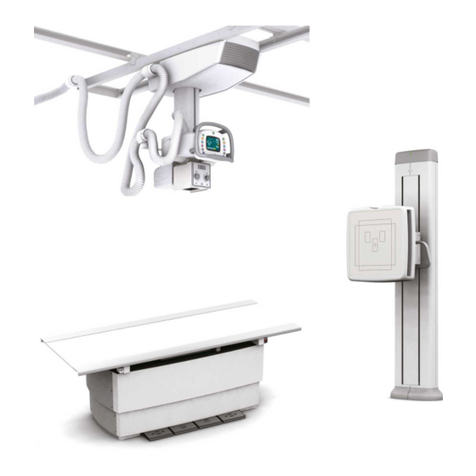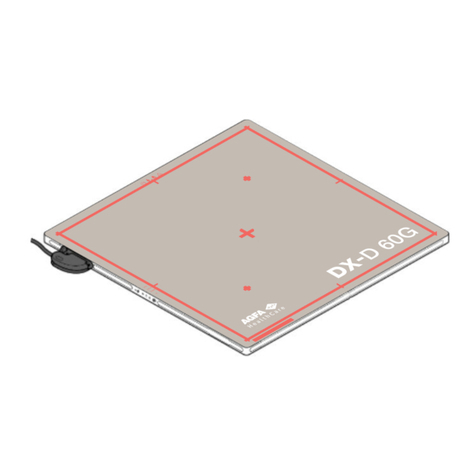
DX-D 300 U-Arm
User Manual
0171F EN 20181009 i
TABLE OF CONTENTS
Section Page
1 INTRODUCTION 1.........................................................
1.1 General Features 2...................................................
1.2 Options 3............................................................
1.3 Product Identification 3................................................
1.4 Indications for Use 5..................................................
1.4.1 Intended Use 5................................................
1.4.2 Normal Use 5.................................................
1.4.3 Contraindications 5............................................
1.5 Applied Parts 6.......................................................
2 SAFETY AND REGULATORY INFORMATION 7..............................
2.1 General 7...........................................................
2.2 Responsibilities 10.....................................................
2.3 Maximum Permissible Dose (MPD) 11...................................
2.4 Radiation Protection 12.................................................
2.5 Monitoring of Personnel 14.............................................
2.6 Safety Symbols 14.....................................................
2.7 Regulatory Information 19..............................................
2.7.1 Certifications 19................................................
2.7.2 Environmental Statement on the Life Cycle of the Equipment
or System 19...................................................
2.7.3 Mode of Operation 19...........................................
2.7.4 Protection against Electric Shock Hazards 20.......................
2.7.5 Protection against Harmful Ingress of Water or Particulate Matter 20...
2.7.6 Protection against Hazards of Ignition of Flammable
Anaesthetic Mixtures 20.........................................
2.7.7 Protection against Hazards from Unwanted or Excessive Radiation 20.
2.7.8 Designated Significant Zones of Occupancy 21.....................
2.7.9 Distribution of Stray Radiation 24.................................
